Understanding the **penalties for crossing the throwing line in darts** is crucial for fair play and accurate scoring; generally, crossing the line results in a no-score for that throw. This article will delve into the specific rules surrounding the throwing line, explore potential violations, and offer guidance on maintaining proper throwing etiquette.
⚠️ Still Using Pen & Paper (or a Chalkboard)?! ⚠️
Step into the future! The Dart Counter App handles all the scoring, suggests checkouts, and tracks your stats automatically. It's easier than you think!
Try the Smart Dart Counter App FREE!Ready for an upgrade? Click above!
Understanding the Oche: The Throwing Line in Darts
The **oche**, or throwing line, is the foundation of any darts game. It dictates the distance from which players must throw their darts and ensures a level playing field. Violating the rules surrounding the oche can result in serious **penalties for crossing the throwing line in darts**, negating your score and potentially impacting the outcome of the game.
The standard height of the dartboard is 5 feet 8 inches (1.73 meters) from the floor to the center of the bullseye. The **throwing distance** to the oche is 7 feet 9 1/4 inches (2.37 meters) when measured horizontally from the face of the dartboard.
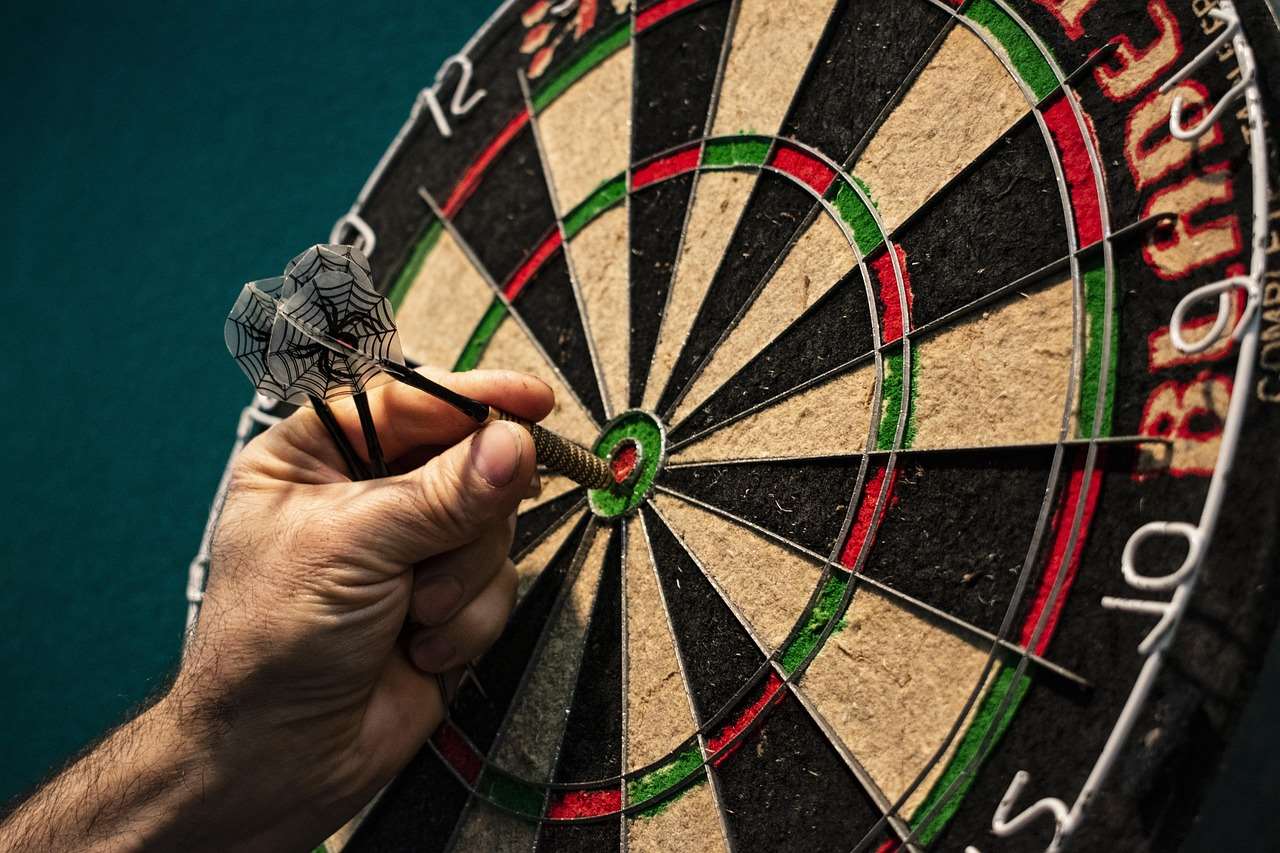
Proper Foot Placement
The official darts rules state that a player’s foot cannot completely cross the oche. However, leaning over the line is generally acceptable, as long as some part of the foot remains behind the line. Some players find their stance shifting forward as they throw, which can lead to inadvertent **foot faults**.
- Keep your balance: Practice your stance to maintain balance and avoid needing to step forward for stability.
- Focus on your follow-through: A smooth follow-through will reduce the tendency to lunge towards the dartboard.
- Adjust your stance: Experiment with different foot positions to find what works best for you and minimizes the risk of crossing the line.
Common Violations and Penalties for crossing the throwing line in darts
Knowing when you’ve committed a violation is just as important as knowing the rules themselves. Let’s explore some frequent scenarios that lead to **penalties for crossing the throwing line in darts**:
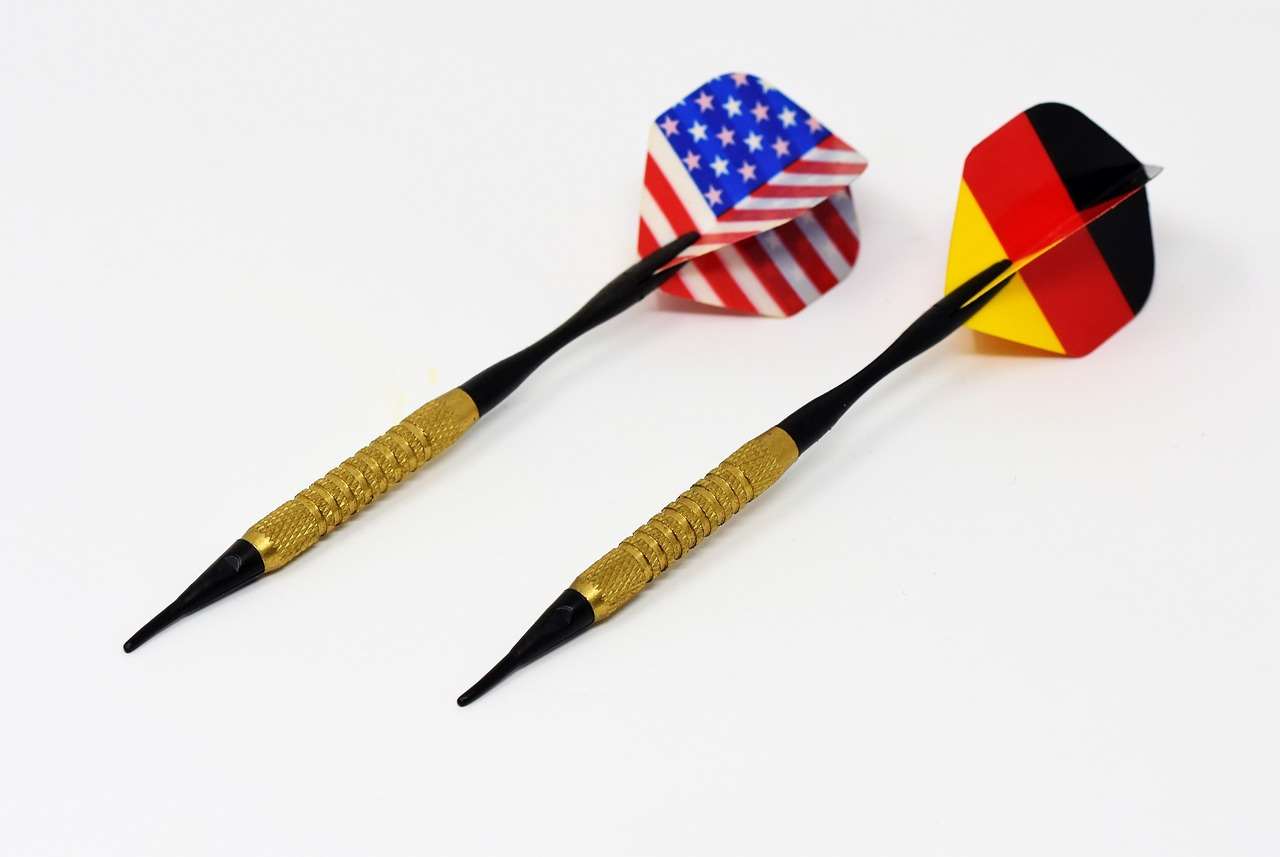
- Completely crossing the oche: This is the most common violation. If any part of your foot extends beyond the front edge of the oche during the throw, the darts thrown in that round will not count.
- Stepping to the side of the oche: While not technically *crossing* the oche, stepping significantly to the side might be considered a violation of the spirit of the rule if it gives an unfair advantage. It is best to throw directly from behind it.
- Touching the oche after releasing a dart: Once a dart is released, it is okay to touch the oche or move past it. The key is to not cross the line *during* the throw.
The Role of the Marker or Umpire
In competitive darts, a marker or umpire is present to enforce the rules and call out any violations. The marker’s decision is usually final. It’s crucial for players to respect the marker’s judgment, even if they disagree. In more casual settings, players are expected to self-regulate and call out their own fouls.
Preventing Foot Faults: Techniques and Strategies
Avoiding **foot faults** requires awareness, practice, and attention to detail. Implementing a few simple strategies can significantly reduce the risk of incurring **penalties for crossing the throwing line in darts**.
- Practice your stance: Dedicate time to perfecting your throwing stance and foot placement. Make it a consistent part of your routine.
- Use a visual aid: Place a small marker on the floor just behind the oche to help you maintain your position.
- Record yourself: Videotaping your throws can help you identify any subtle movements or tendencies that might lead to crossing the line.
The Impact of Foot Faults on Scoring and Strategy
**Penalties for crossing the throwing line in darts** don’t just affect your score; they can also disrupt your concentration and impact your overall strategy. A missed turn due to a foot fault can give your opponent an advantage, especially in close matches.
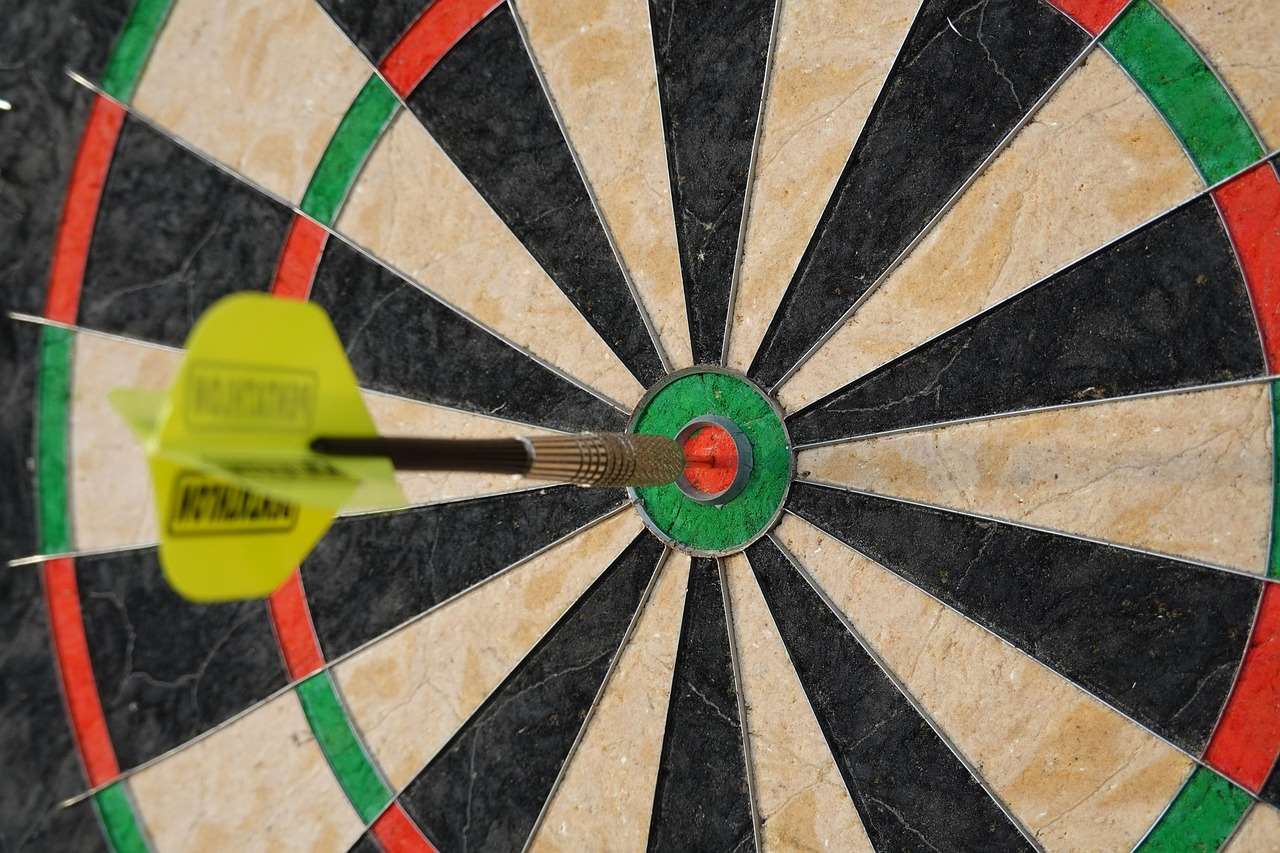
Moreover, repeatedly committing foot faults can be frustrating and demoralizing. It’s essential to address the issue proactively to maintain your composure and confidence during a game. Remember to focus on Basic Darts Fundamentals for Beginners.
Maintaining Fair Play and Sportsmanship
Even if there’s no official marker present, maintaining fair play is paramount. If you accidentally cross the line, be honest and acknowledge the foot fault. Good sportsmanship builds respect and enhances the overall experience for everyone involved. Consider Adapting darts rules for beginners to create a fair and enjoyable environment, particularly for less experienced players. Ensuring fairness is also important if you are Modifying rules for mixed-level dart players to accommodate different skill levels.
Case Studies: Famous Foot Faults in Darts History
While often overlooked, **foot faults** have occasionally played a role in notable darts matches. Though specific documented “famous” cases are difficult to definitively verify, stories circulate within the darts community about crucial moments where a foot fault impacted a game’s outcome. These instances highlight the importance of strict adherence to the rules.
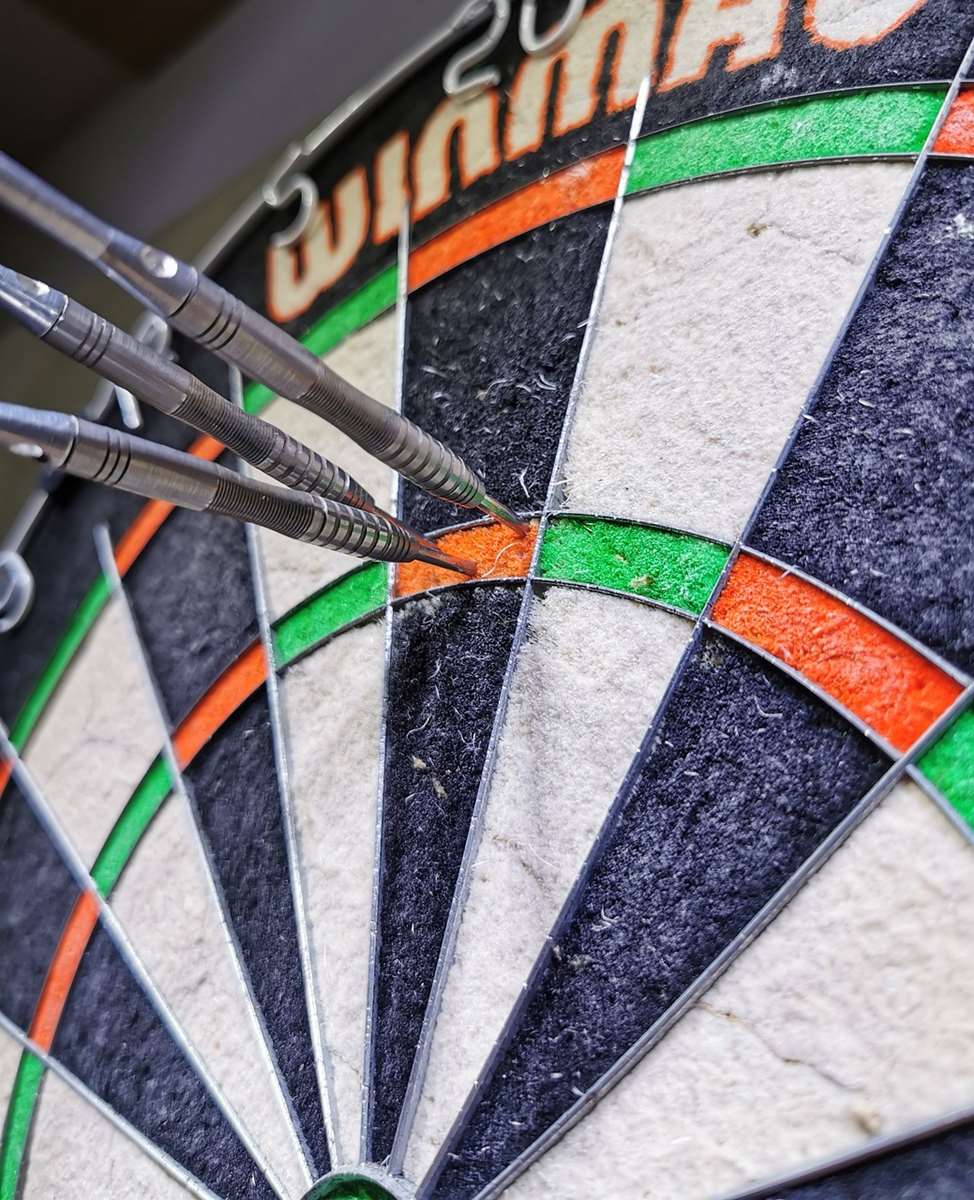
Imagine a scenario where a player is one dart away from winning a championship, only to have their throw nullified due to a foot fault. The pressure mounts, and the game’s momentum shifts dramatically. These hypothetical situations underscore the critical role the oche plays in maintaining the integrity of the sport.
Beyond the Basics: Variations and House Rules
While professional darts adheres strictly to the official rules, casual games often incorporate variations or house rules. Some groups might be more lenient regarding minor foot faults, while others might enforce stricter **penalties for crossing the throwing line in darts**. It’s essential to establish clear guidelines before starting a game to avoid any misunderstandings or disputes.
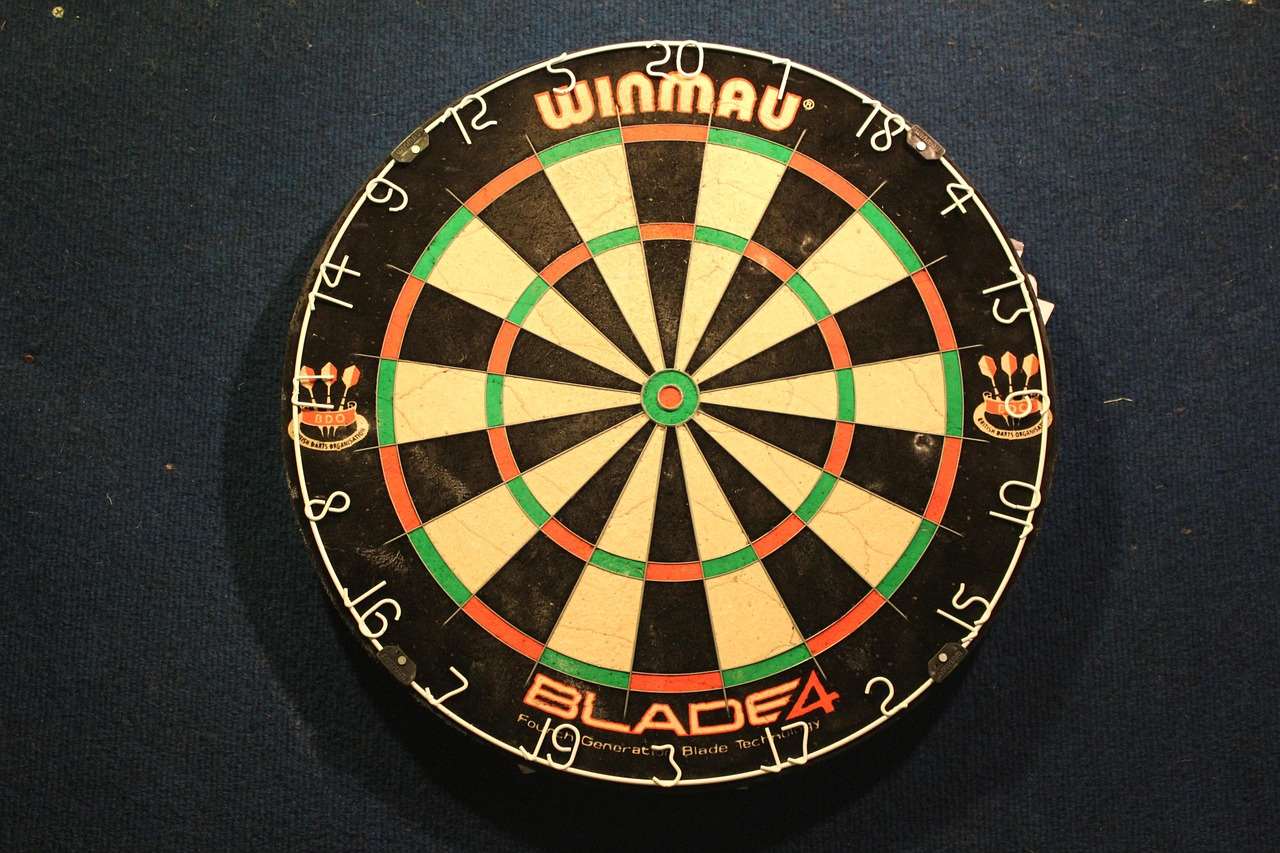
Discussing potential variations, such as allowing players to throw from a point slightly behind the oche if they struggle with the distance, can make the game more inclusive and enjoyable for players of all skill levels. Remember to tailor the rules to suit the preferences of the group while still upholding the fundamental principles of fair play. Don’t forget to check out Simplified 501 game rules for novice players and Fun dart game variations with modified rules for your next game.
Advanced Stance Adjustments to Prevent Crossing the Line
Beyond simple practice, more advanced players sometimes make subtle adjustments to their stance to ensure they never face **penalties for crossing the throwing line in darts**. This involves understanding your body’s natural movement during the throw and compensating for any forward momentum.
- Weight Distribution: Focus on keeping your weight balanced on your back foot throughout the throw. This helps prevent you from leaning too far forward.
- Shoulder Alignment: Ensure your shoulders are aligned properly relative to the dartboard. A slight misalignment can cause you to unconsciously step forward to compensate.
- Controlled Follow Through: Practice a controlled follow-through that avoids any exaggerated lunging movements. A smooth and compact follow-through is more consistent and less likely to result in foot faults.
Conclusion
Understanding and adhering to the rules surrounding the oche is paramount in darts. Violating these rules can lead to significant **penalties for crossing the throwing line in darts**, impacting scoring and potentially altering the course of a game. By focusing on proper foot placement, practicing your stance, and maintaining awareness of your body’s movements, you can minimize the risk of foot faults and ensure fair play. Whether you’re a seasoned pro or a casual player, respecting the oche is essential for enjoying the game and upholding its integrity. Now, grab your darts, step up to the oche, and aim for that bullseye – but always remember to keep your foot behind the line!
Hi, I’m Dieter, and I created Dartcounter (Dartcounterapp.com). My motivation wasn’t being a darts expert – quite the opposite! When I first started playing, I loved the game but found keeping accurate scores and tracking stats difficult and distracting.
I figured I couldn’t be the only one struggling with this. So, I decided to build a solution: an easy-to-use application that everyone, no matter their experience level, could use to manage scoring effortlessly.
My goal for Dartcounter was simple: let the app handle the numbers – the scoring, the averages, the stats, even checkout suggestions – so players could focus purely on their throw and enjoying the game. It began as a way to solve my own beginner’s problem, and I’m thrilled it has grown into a helpful tool for the wider darts community.